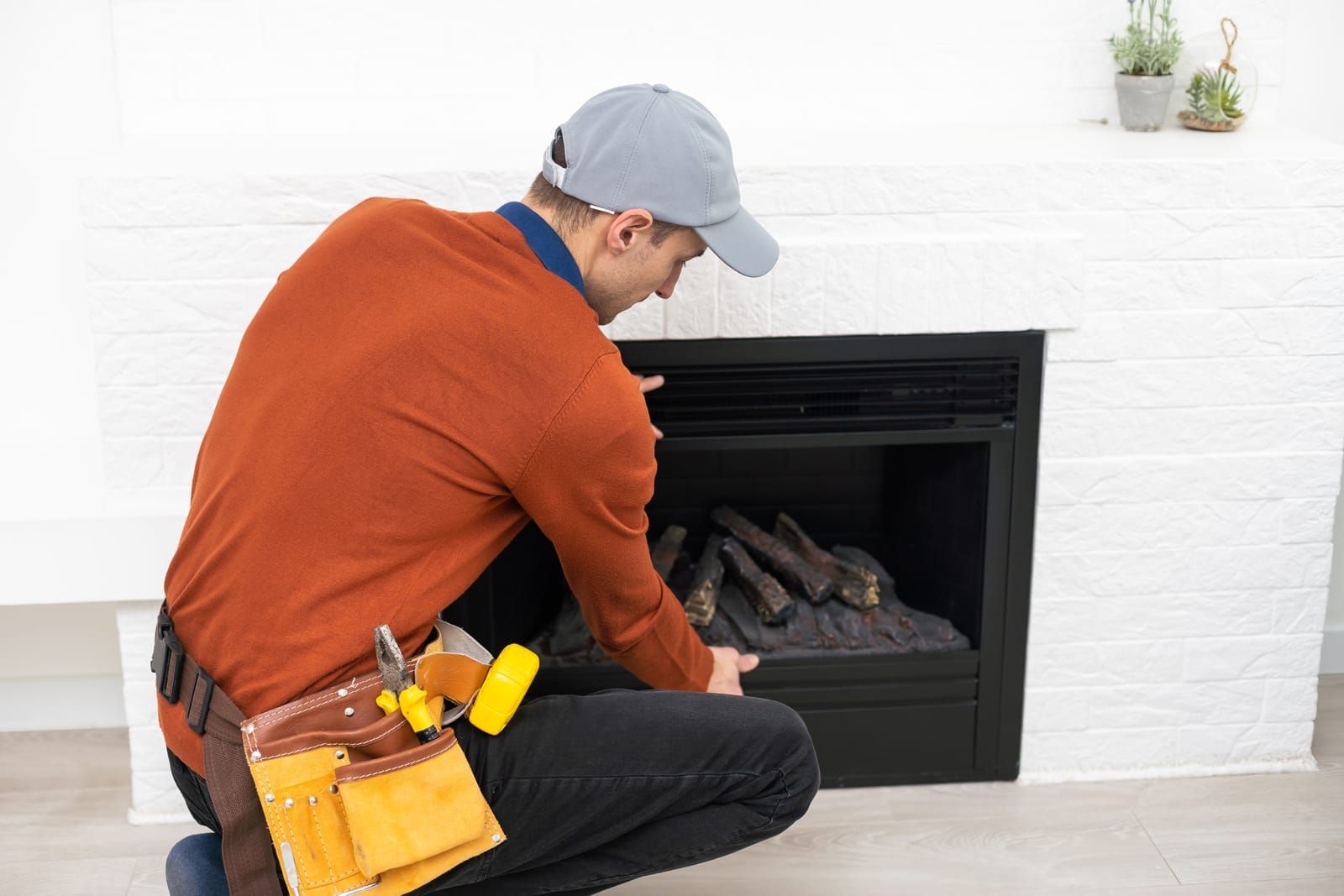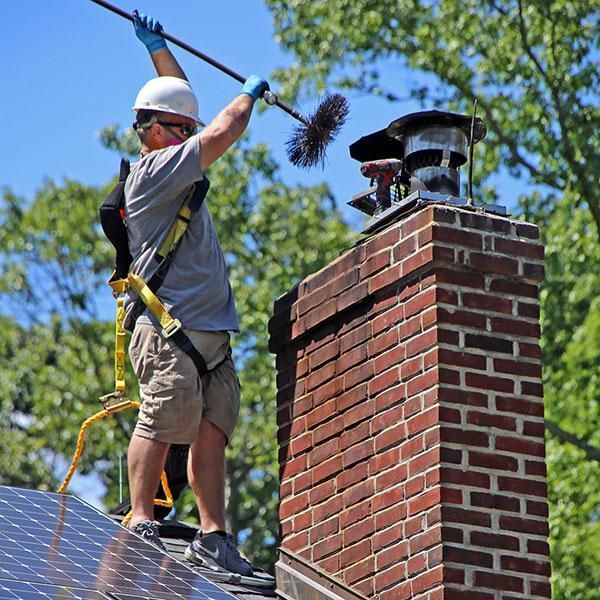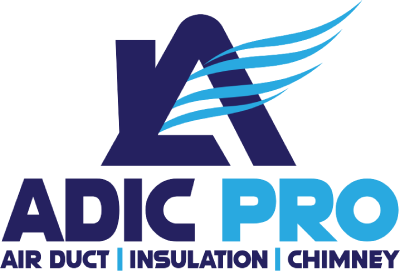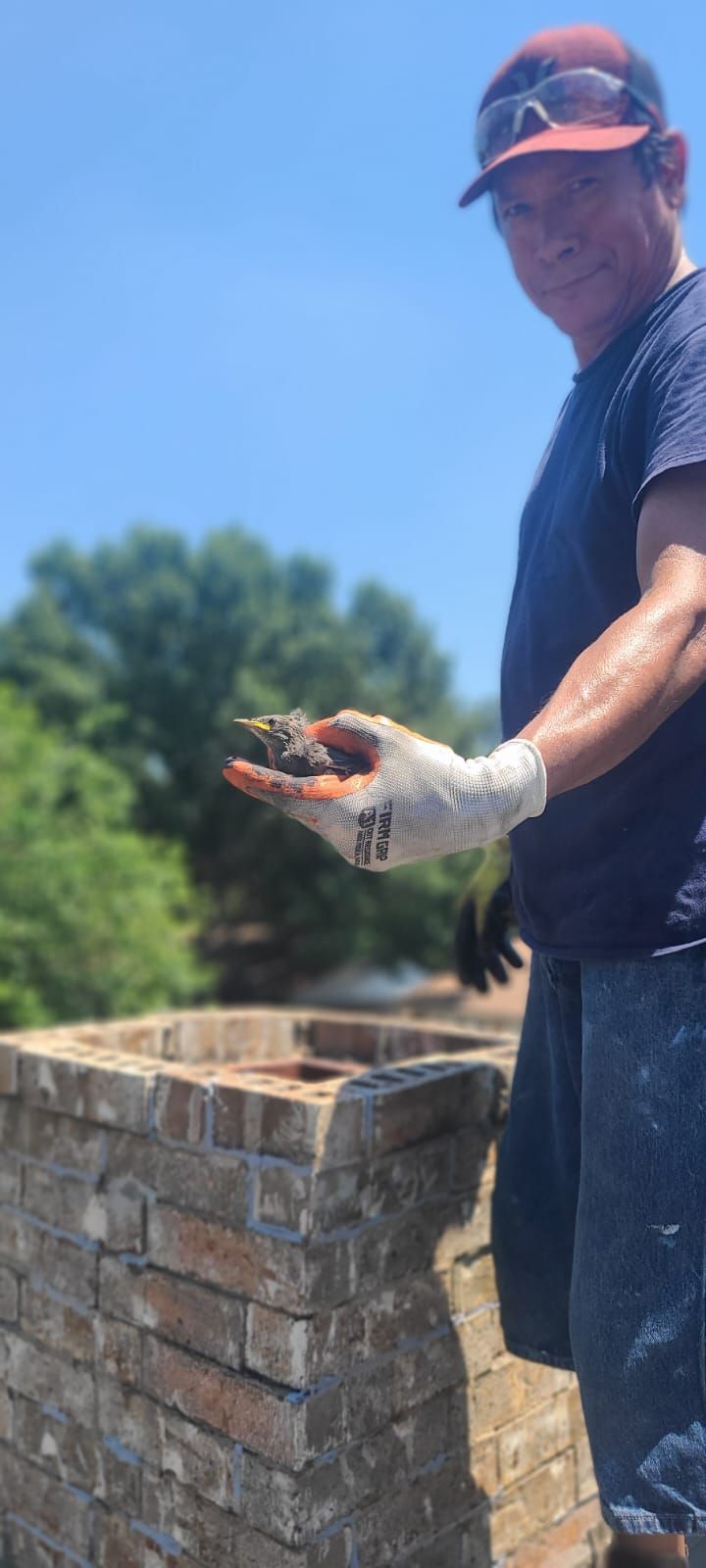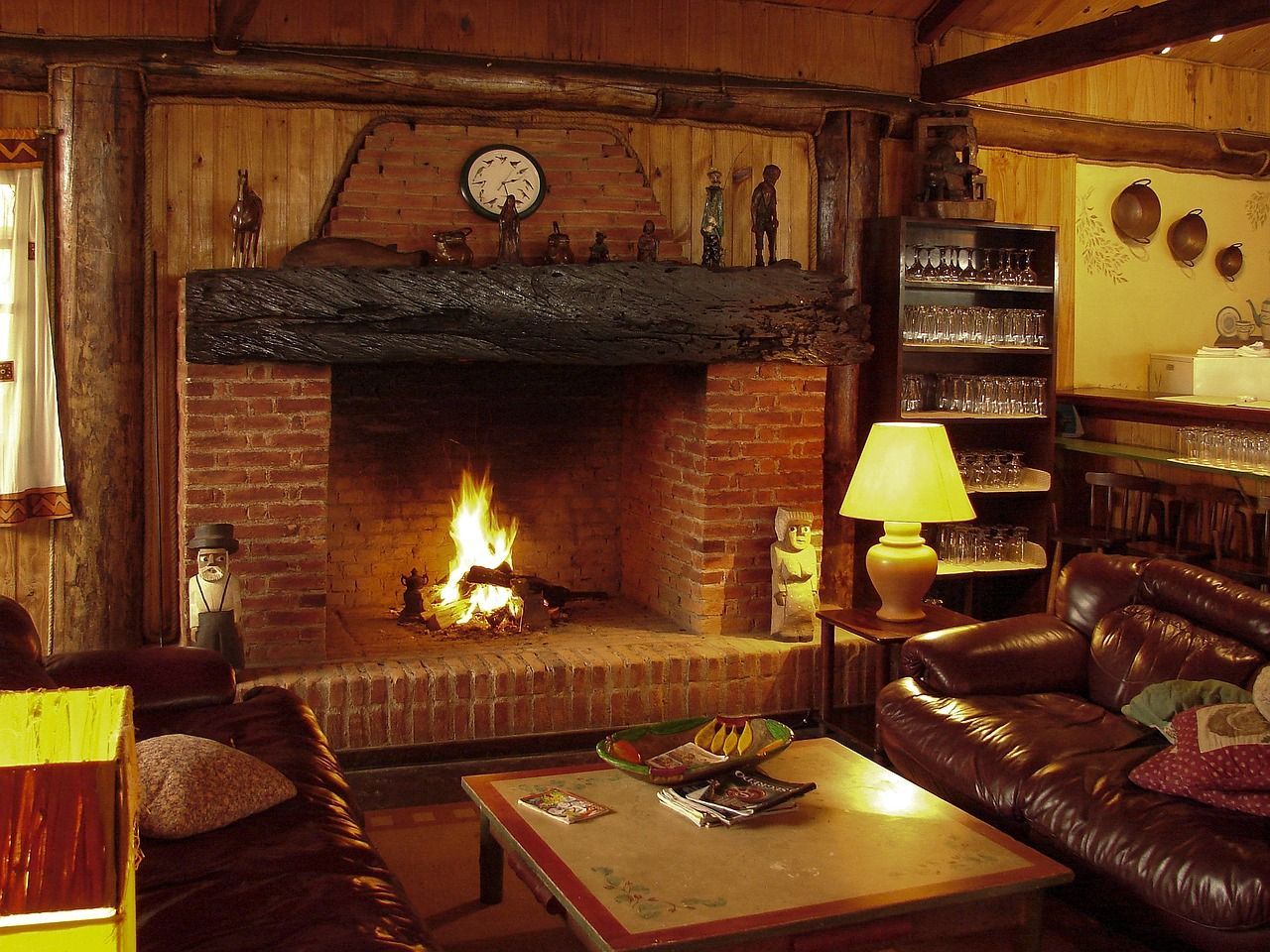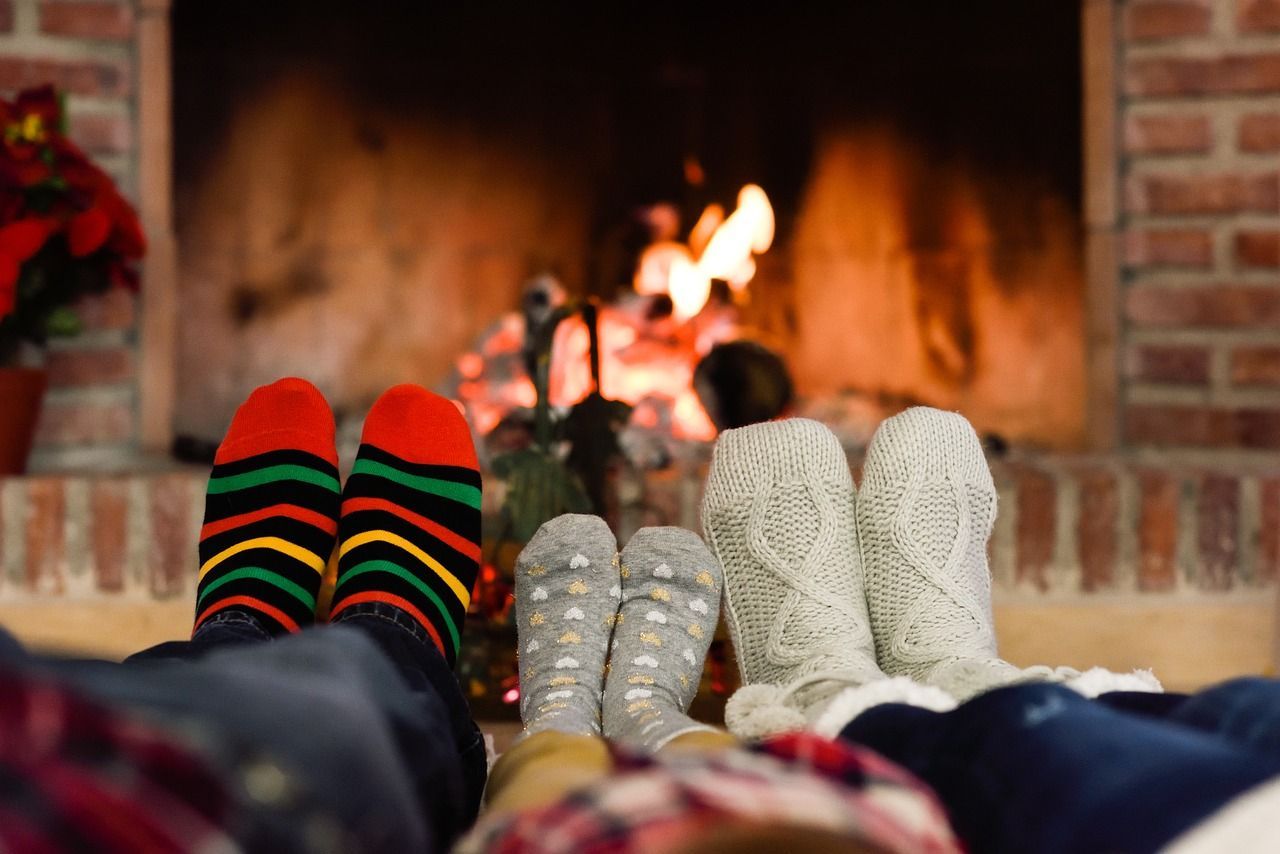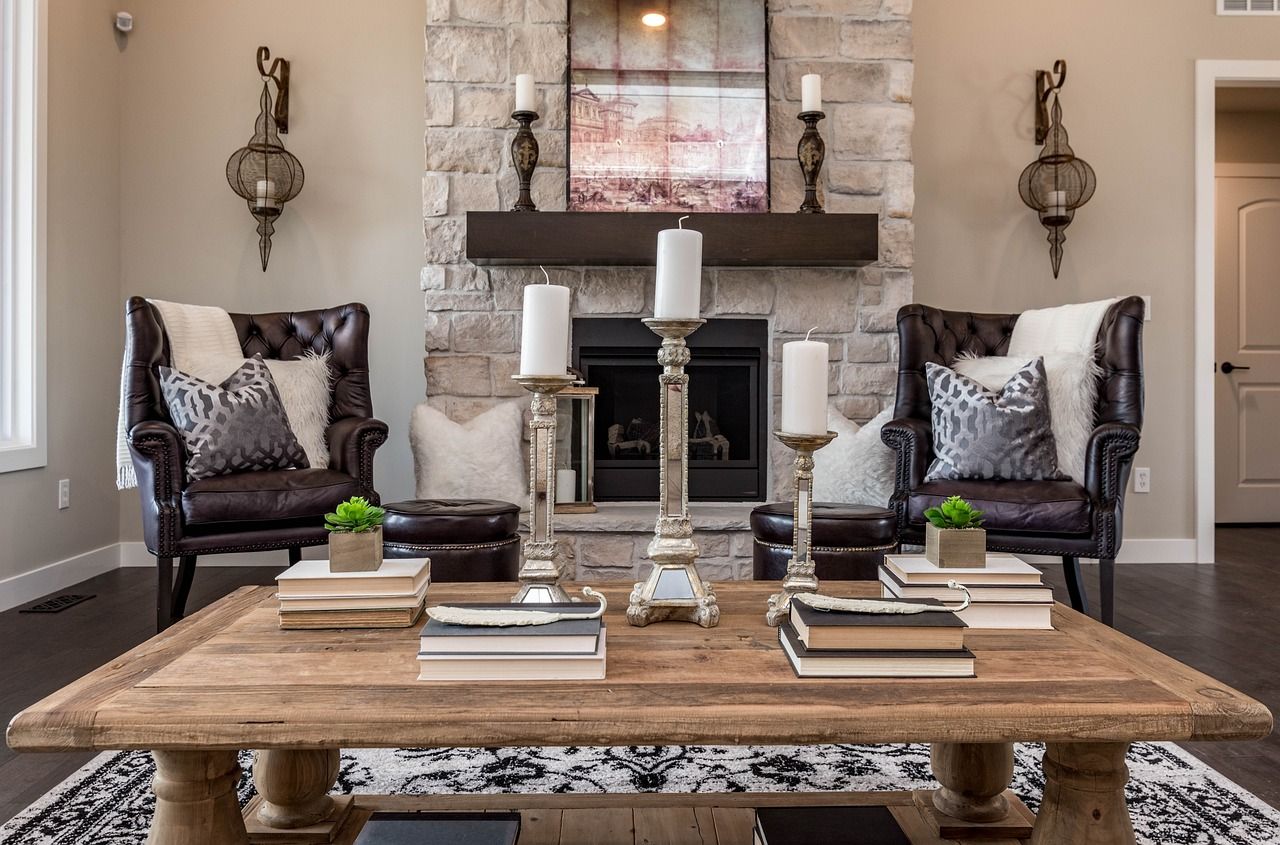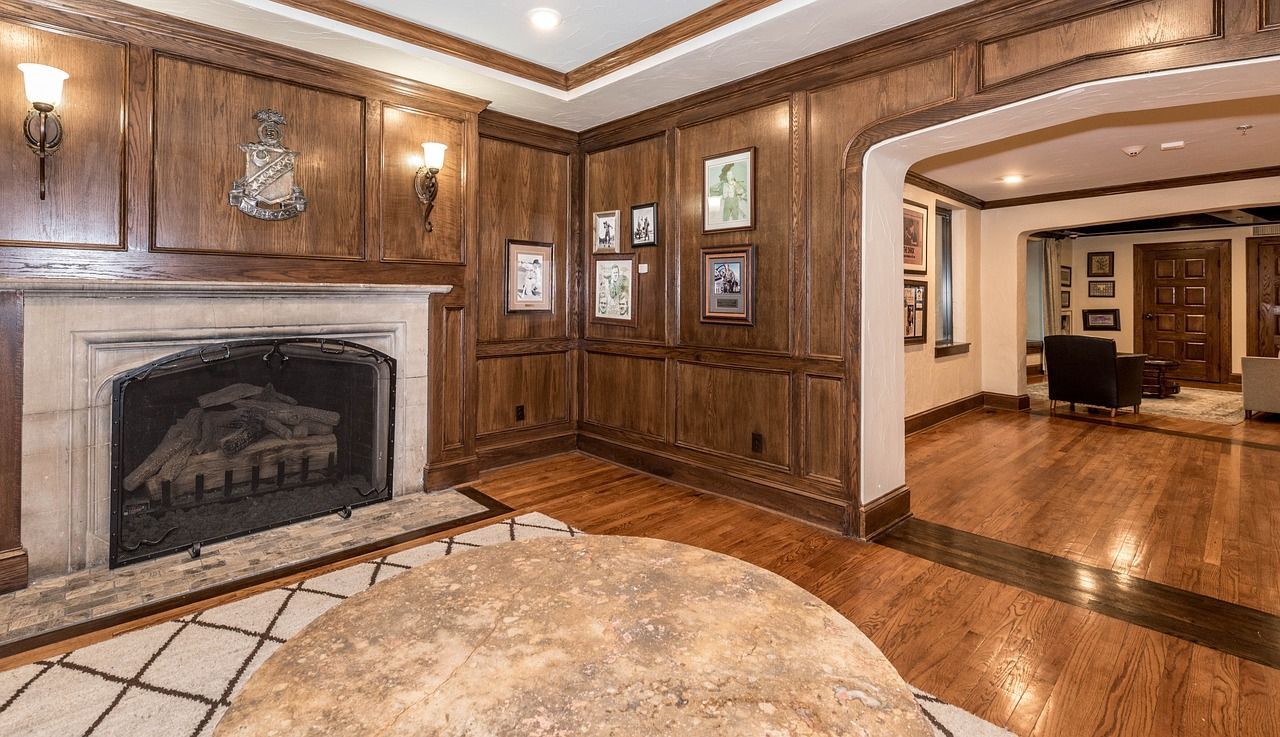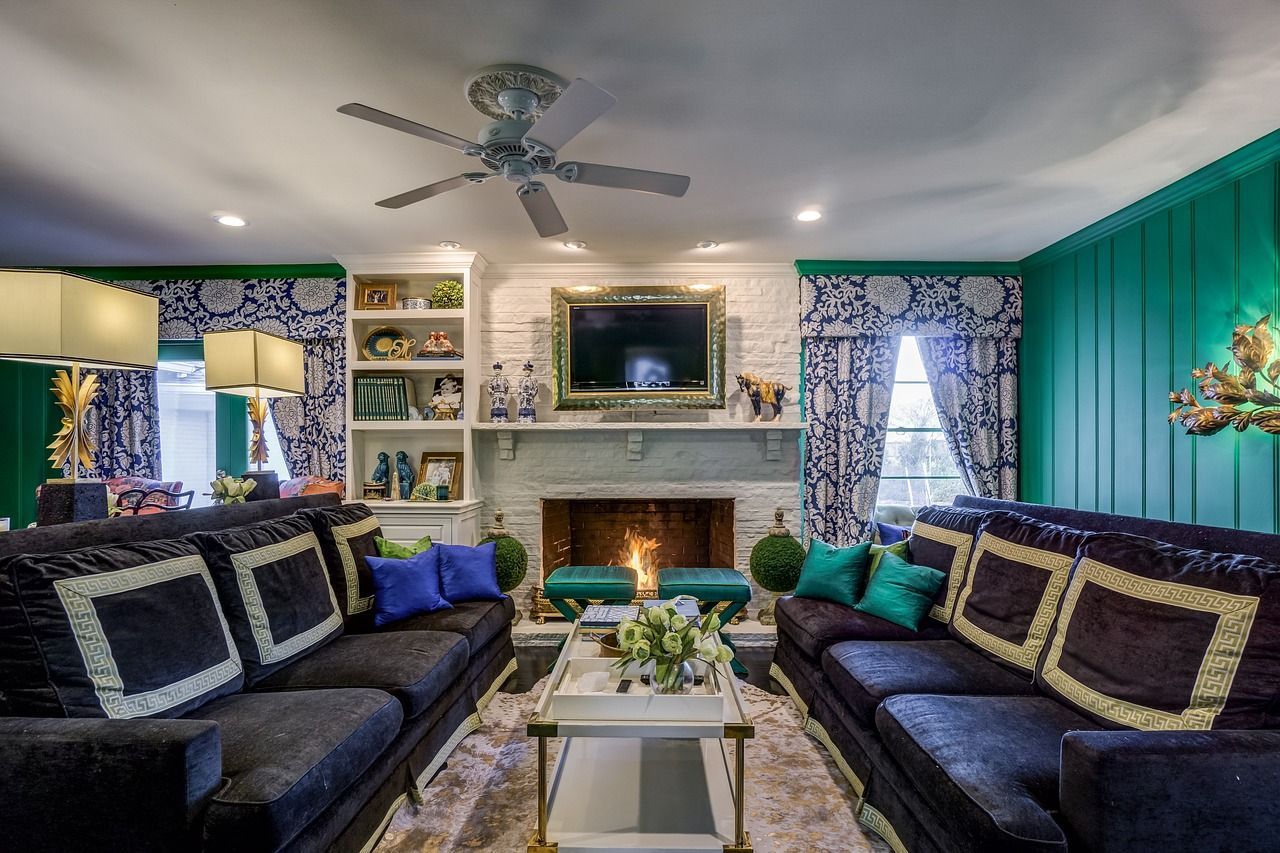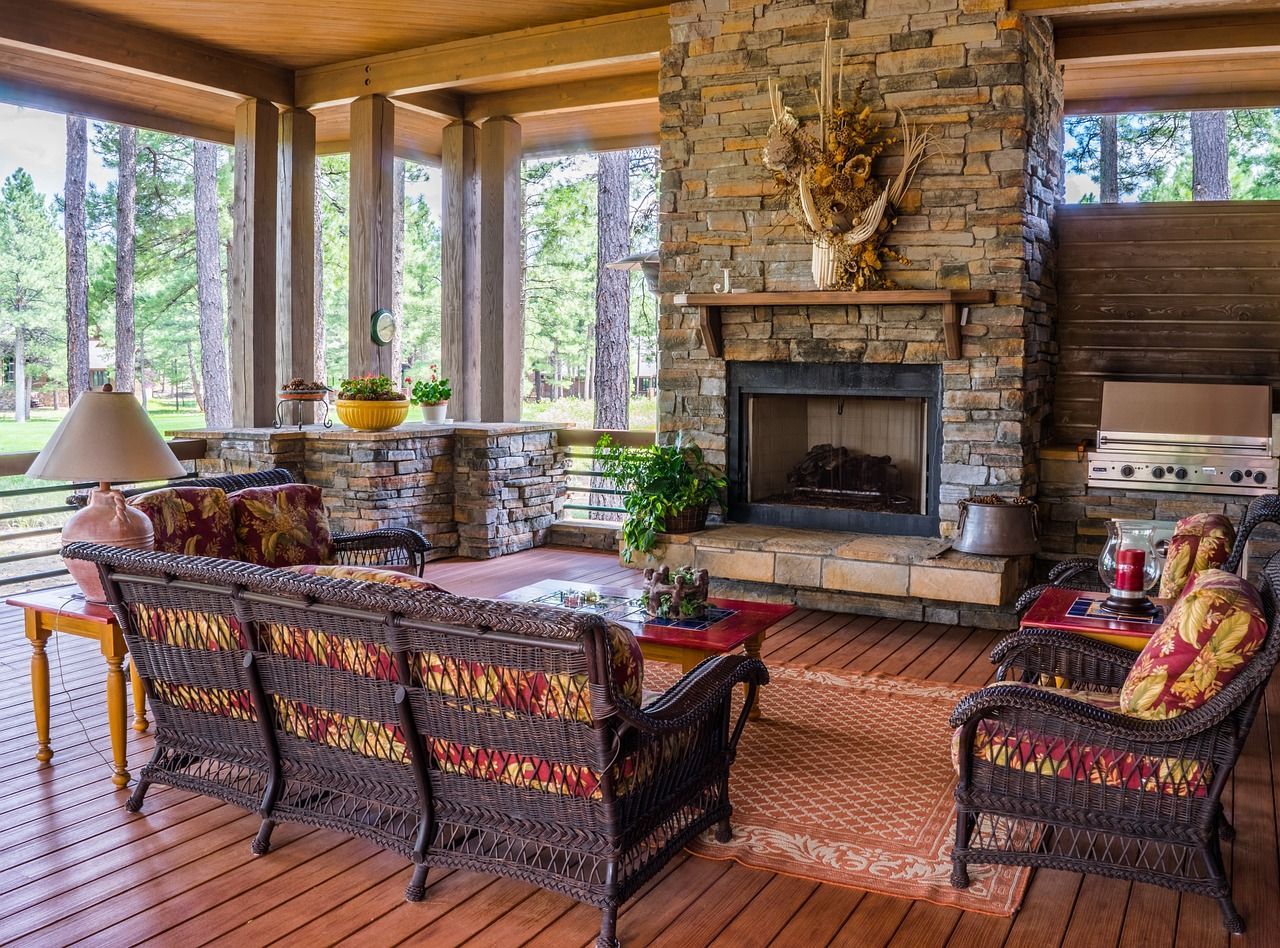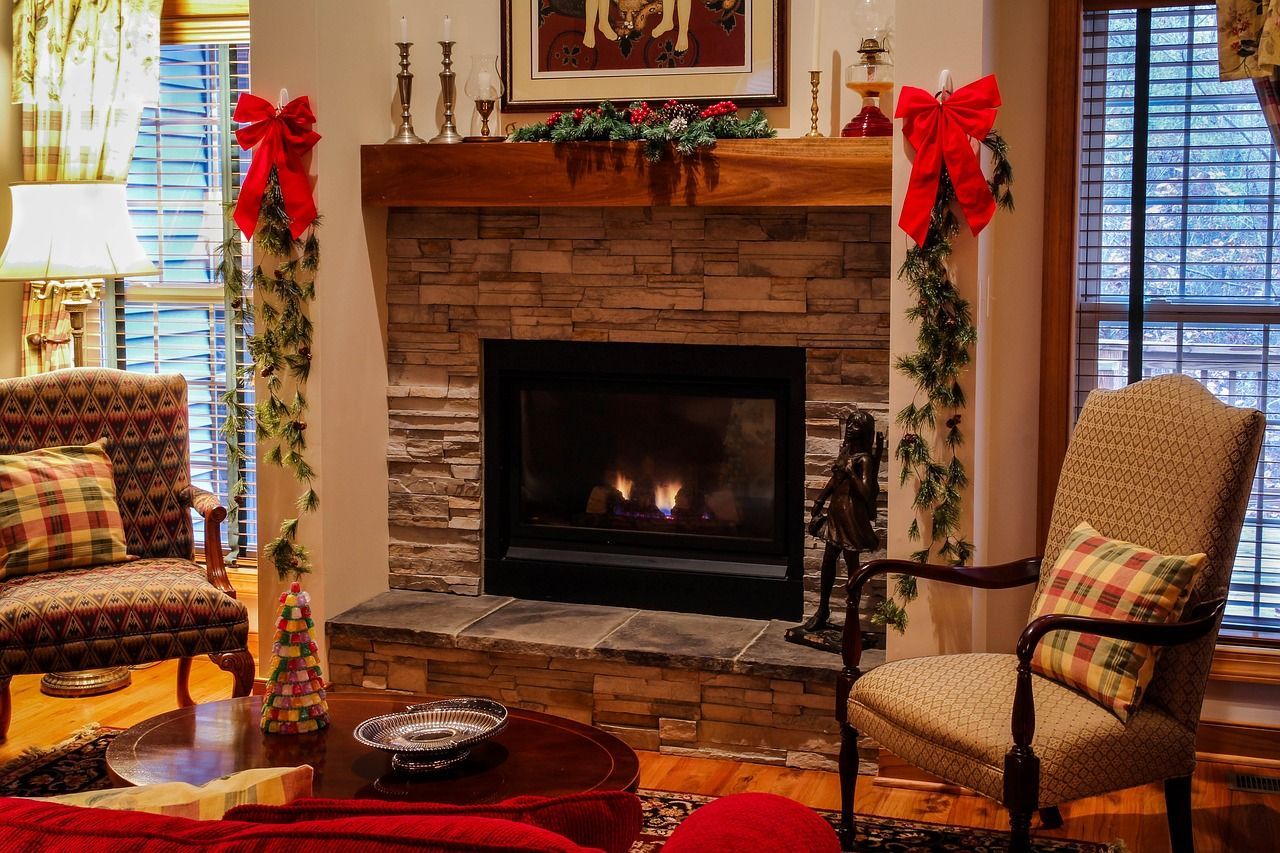What to Avoid When Maintaining a Wood-Burning Fireplace

1. Safety First: Install Smoke and Carbon Monoxide Alarms
Safety should always be your top priority. Install smoke and carbon monoxide alarms near your fireplace and ensure they are in working order. These alarms can alert you to potential hazards, such as chimney fires or improper combustion1.
2. Keep Combustible Materials Away
When a fire is burning, keep combustible materials like carpets, drapes, and furniture at a safe distance from the fireplace. Sparks and embers can escape, posing a fire risk. A sturdy guard in front of the fireplace will also prevent children and pets from getting too close1.
3. Say No to Wet Wood
Burning wet or green wood is a big no-no. Wet wood produces excess smoke, leading to creosote buildup in your chimney. Creosote is highly flammable and can cause chimney fires. Opt for seasoned, dry wood instead2.
4. Avoid Painted, Stained, or Treated Wood
Painted, stained, or chemically-treated wood releases toxic fumes when burned. These chemicals can harm your health and degrade indoor air quality. Stick to untreated, natural wood for a cleaner burn2.
5. Skip Colored Paper and Cardboard
Colored paper and cardboard contain chemicals that emit toxic fumes when ignited. Avoid burning them in your fireplace. Stick to plain, untreated paper for kindling instead2.
6. No Plastics or Chemicals
Burning plastics or chemicals releases harmful substances into the air. Not only is this bad for your health, but it can also damage your fireplace and chimney. Stick to natural materials for a safer burn2.
7. Regularly Inspect and Clean Your Chimney
Creosote buildup is a common issue in wood-burning fireplaces. Schedule regular chimney inspections and cleanings by a certified chimney professional. They’ll remove creosote, check for blockages, and ensure proper ventilation1.
8. Check for Creosote Buildup
Creosote forms when wood, tar, or fossil fuels burn. It’s a chemical mass of carbon that accumulates in your chimney. Regularly inspect your chimney for creosote buildup and address it promptly to prevent chimney fires3.
9. Don’t Overload the Fireplace
Avoid overloading your fireplace with too much wood. Burning excessive wood can lead to embers tumbling out, posing a safety hazard. Follow recommended guidelines for the right amount of wood to maintain a controlled and safe fire1.
10. Never Use Gasoline or Liquid Accelerants
Starting a fire with gasoline or any liquid accelerant is extremely dangerous. These substances can cause explosive flames and put you at risk. Stick to safer methods like newspaper, kindling, or fire starters4.
Remember, a well-maintained wood-burning fireplace provides warmth, ambiance, and comfort. By following these guidelines, you’ll enjoy cozy evenings by the fire without compromising safety or air quality. Happy fireside moments! 🔥🏡
